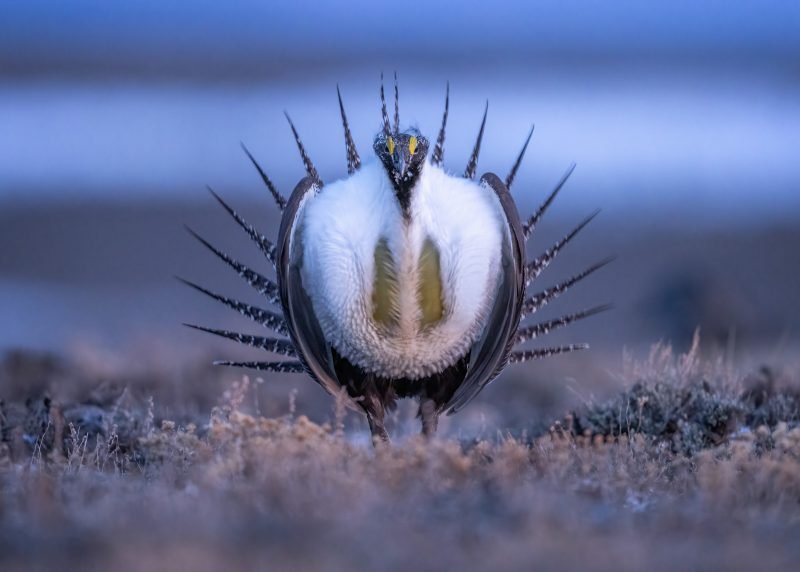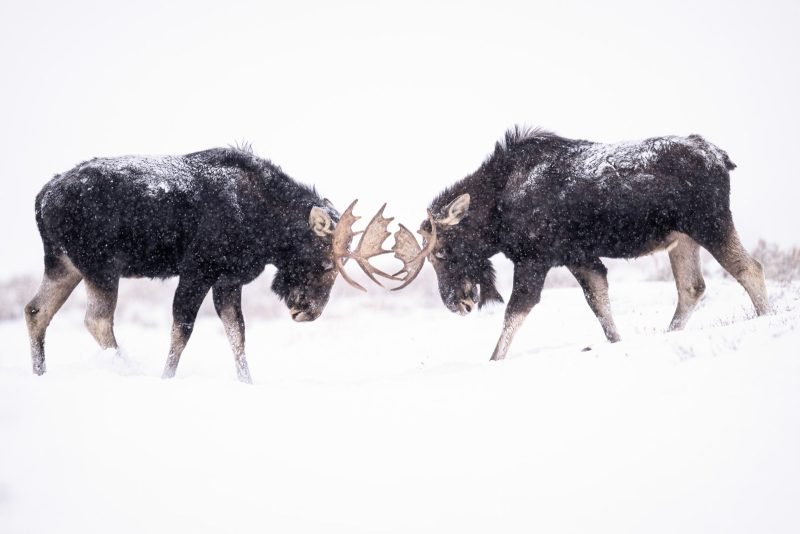Capturing compelling wildlife photographs requires more than just technical skills and the right equipment. Understanding animal behavior is crucial for anticipating their actions and capturing stunning, natural moments. This article explores key aspects of animal behavior that can help you take better wildlife shots.

Research and Observation
Knowledge of animal behavior begins with thorough research and observation:
- Study Species Behavior: Research the specific behavior, diet, and social structure of the animals you plan to photograph. Knowing their habits helps you predict their actions and find the best times for shooting.
- Observe in the Field: Spend time observing the animals in their natural habitat before taking photos. Watch their interactions, feeding patterns, and movements. This helps you understand their behavior and anticipate their actions.
Research and observation provide valuable insights into the behavior and habits of your subjects.
Timing and Light
Understanding the timing of animal activities is crucial for capturing the right moments:
- Golden Hours: Many animals are more active during the early morning or late afternoon. These times, known as the golden hours, provide soft, warm light that enhances the quality of your images.
- Seasonal Patterns: Different seasons can affect animal behavior. For example, animals may be more active during mating seasons or while foraging for food. Understanding these patterns helps you plan your photography sessions.
Timing your shoots according to animal activity and natural light improves your chances of capturing compelling images.
Behavioral Cues
Recognizing behavioral cues allows you to anticipate and capture key moments:
- Feeding and Hunting: Look for signs that animals are feeding or hunting. These activities often involve dynamic movements and interactions, providing opportunities for action shots.
- Social Interactions: Observe social behaviors such as grooming, playing, or territorial disputes. These interactions can lead to interesting and engaging photographs.
- Resting and Nesting: Animals also have periods of rest and nesting. Capturing these moments can provide a different perspective on their lives.
Being aware of behavioral cues helps you capture a range of activities and moments in wildlife.
Patience and Stealth
Patience and stealth are essential for successful wildlife photography:
- Be Patient: Wildlife photography often requires long periods of waiting. Be patient and prepared to spend time observing and waiting for the right moment to capture.
- Move Stealthily: Approach animals quietly and avoid sudden movements. This minimizes the risk of startling them and ensures that you capture natural behavior.
Patience and stealth increase your chances of capturing authentic and unobtrusive images.
Positioning and Framing
Positioning yourself correctly can significantly impact your photos:
- Find the Right Angle: Position yourself to capture the animal from a flattering angle. This often means getting to eye level with the animal or finding a perspective that highlights its natural behavior.
- Use the Environment: Incorporate elements of the environment into your framing to provide context and depth. This can enhance the overall composition and storytelling of your images.
Proper positioning and framing help you capture more engaging and visually appealing wildlife photos.
Avoid Disruption
Minimizing disruption is crucial for maintaining ethical wildlife photography practices:
- Respect Personal Space: Always maintain a safe distance from the animals to avoid causing stress or altering their natural behavior. Use a telephoto lens to photograph from afar.
- Avoid Interference: Do not interfere with the animals’ activities or environment. Your goal is to capture their natural behavior without influencing it.
Avoiding disruption ensures that your photography practices are respectful and ethical.
Learning from Experience
Experience is a valuable teacher in wildlife photography:
- Review and Reflect: After each shoot, review your images and reflect on what worked well and what could be improved. Learning from your experiences helps refine your approach and techniques.
- Adapt and Adjust: Be prepared to adapt your strategies based on the behavior of the animals and the conditions of the shoot. Flexibility allows you to capture the best possible images in varying situations.
Learning from experience helps you continually improve your wildlife photography skills.
Conclusion
Understanding animal behavior is essential for capturing better wildlife photographs. By researching and observing species, timing your shoots, recognizing behavioral cues, and practicing patience and stealth, you can enhance your ability to capture stunning and natural images. Proper positioning, framing, and ethical practices ensure that your photos are both impactful and respectful. Through continuous learning and experience, you can develop your skills and capture compelling wildlife moments that tell a powerful story.








